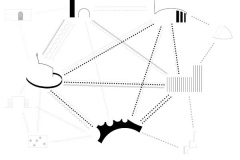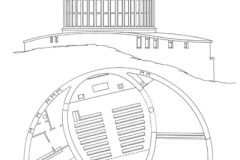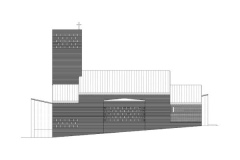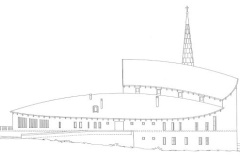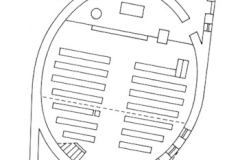…Yet New and Hungarian
References of Sacrd Buildings by Tamás Nagy
Text and photos: Máté Érsek
Tamás Nagy’s oeuvre is unavoidable amongst the renowned masters of Hungarian architecture. In addition to his unique formal vocabulary, which combines contemporary forms with historical sensitivity, it is the roots and intellectual foundations of his concepts that make his works outstanding. His buildings draw inspiration from a uniquely rich cultural reference collection, which includes lots of artistic disciplines and architectural references. In terms of the materials used and architecture, the Amsterdam school of brick architecture and the relationship between nature and the built environment, the Scandinavian architecture of the 20th century has served as a model for him. In some of his works, he also explores the source areas of the organic movement of Imre Makovecz and the brick tradition of the 19th and 20th centuries, which are formative for Hungarian architecture. He draws from the vernacular architectural formal vocabulary across national borders. From Portugal to Italy and Transylvania, he has been inspired by buildings built in local materials in several regions, but his solutions have always been integrated into his designs by re-tuning them to fit the wider context. This is how vernacular architecture became an essential part of Tamás Nagy’s regional approach. For his sacred buildings, the architecture of religious communities, Shaker culture and monasteries were the dominant models. From the history of Hungarian architecture, the fortified churches of Transylvania, the churches of the Upper Tisza region, and several works of medieval rotunda exerted their influence directly.
In addition to architectural sources, we can also highlight artistic references and natural symbols. Issues of the relationship between nature and humans, and the harmony between the built environment and the landscape are recurring componnts in his work. Through an analysis of five church buildings, this paper explores the sources of inspiration that have informed his work. The Evangelical churches of Dunaújváros, Sopronnémeti and Balatonboglár, the Roman Catholic church in Gödöllő and the pilgrimage centre of Mátraverebély-Szentkút describe a coherent arc in several respects.
